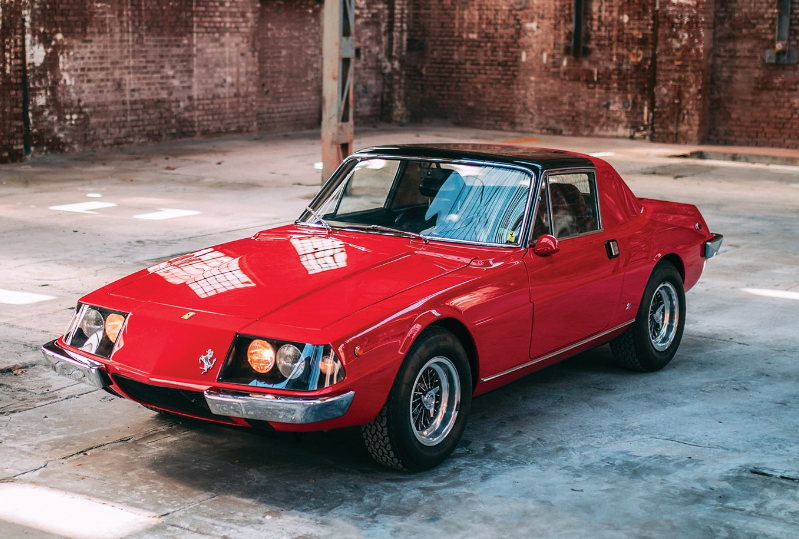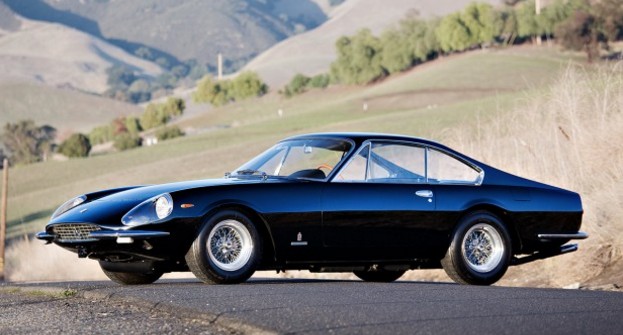1967 Ferrari 330 GTC by Zagato
Offered by RM Sotheby’s | Villa Erba, Italy | May 25, 2019

Okay, let’s review the line of Ferrari road cars that carried the “330” name. The 1963 330 America kicked things off and gave way to the 330 GT 2+2 the following year. The 330 GTC and 330 GTS were the final versions, and they were on sale between 1966 and 1968.
The 330 GTC was powered by a 300 horsepower, 4.0-liter V12. Both coupe and convertible variants were bodied by Pininfarina. Unless you were special. This car was delivered with such coachwork, but after sustaining damage in a 1972 accident, it was sent by Luigi Chinetti to Zagato for repairs. And this is what they came up with.
It’s the only such example built and is actually a targa, with the black section of the roof being removable. It is the only existing 330 GTC with Zagato coachwork and is one of only 598 330 GTCs produced in total. You can read more about it here and see more from RM here.
Update: Not sold.

